|
Although at first, some people describe my drawings and paintings as abstract, they are in fact born from intense observation. I need to spend time with the subject matter, and experience it with all my body, not just my eyes. So, yesterday I wandered through Hatfield Forest, played with paints and did a bit of drawing, but if I'm honest, I was mostly sitting. And looking. And breathing. And listening. And touching. And looking again. Here are a few of the quick studies that were a result of the looking. I only had limited materials, and for some reason neon paints and pastels had found their way into my little travelling tin ... but the sun was shining, and I tend to focus on the hidden colours in the landscape anyway, so I think it must have been a happy happenstance. A lot of artists can find it overwhelming drawing outdoors, as it is hard to 'edit' the vastness of the scene. All too often a composition can end up over complicated and crowded, as the painter tries to draw or paint it all. But there are different things you can do to combat this instinct. The way I tackle it is initially to sit and look for as long as my attention is held (up to 20 minutes). I then set a timer (2 to 5 minutes maximum), and work fast. Really fast. The limited time, means there is definitely no space for 'faffing' about. I set my timer, and go. Colours are chosen on instinct, and I haven't got time to twist the lid off another stubbornly stuck tube, so just go with what's in my hand. Having a limited palette in my travelling tin helps, and as with the accidentaI neon, I always think it's exciting to have some colours whose job is purely to 'clash' and upset things a little bit. Another advantage to working fast is it allows for instinctive editing. Confronted with a huge landscape, and only a few minutes, there is little choice but to edit the scene. To adequately draw one tree in 2 minutes is a big ask, so it goes without saying, that the rest of the forest will have to wait for another time. My favourite outcome of this method of working though, is in the quantity of sketches and studies that I can produce. In one short afternoon I can come away with a pile of works, that will provide food for thought for the work that is done in the studio. Many are disastrous, some have a few things in them that I like, but better still, there is usually at least one or two that make my heart sing. And, happily I'm not alone in this approach. As songwriter Jonathan Reed has explained, the truth is whatever you're trying to produce, 70% of your attempts will be mediocre, 20% will suck, and 10% will be amazing. If you only produce one drawing or study, it is likely to fall into the 70% mediocrity pile, but get 10 or more studies done, and at least one will be a success. If you are interested in finding out more, I will be running a short course, The Landscape Reimagined in June 2021. Please click the button to find out more x
0 Comments
I'm feeling positive, and I can only blame the much needed eruption of colour that happens as we hit Spring each year. The daffodils outside the studio are positively deafening as they shout out their 'yellowness', and so I find myself wanting to shout right back. But what to shout about? The clue is in the title of this blog post. It's the time of the year I get all excited about the opportunities and exhibitions that are open for submissions. So here are my pick of the opportunities currently being advertised. Clean your palettes, sharpen your pencils - it's time to get busy. IEA Open Exhibition 2021 Institute of East Anglian Artists Spring Open Exhibition Deadline for applications: 10 April 2021 www.eastanglianartists.com Broadway Arts Festival Open Exhibition 2021 Open to any artist, in any country, in any medium including painting, photography, sculpture, drawing, ceramics, printmaking and film. Deadline for applictions: 23 April 2021 www.broadwayartsfestival.com Derby Print Open 2021 The Derby Print Open is an exhibition open to all, showcasing contemporary printmaking from artists based in the UK Deadline for applications: 30 April 2021 www.derbyprintopen.org/dpo2021/call-for-entries RA Summer Exhibition 2021 This is the big one! Submission details will be announced shortly, but if you have never entered before, you will need to register in advance. Applications open: 13 April 2021 until 24 May 2021 www.summer.royalacademy.org.uk SWA 160th Annual Open Exhibition 2021
The Society of Women Artists invite you to submit up to 6 works. Categories of work accepted include painting, pastels, drawing, mixed media, sculpture, original prints. Deadline for applications: 25 June 2021 www.society-women-artists.org.uk/2021-exhibition |
About VandaContemporary artist and tutor ArchivesCategories |
Copyright © 2024
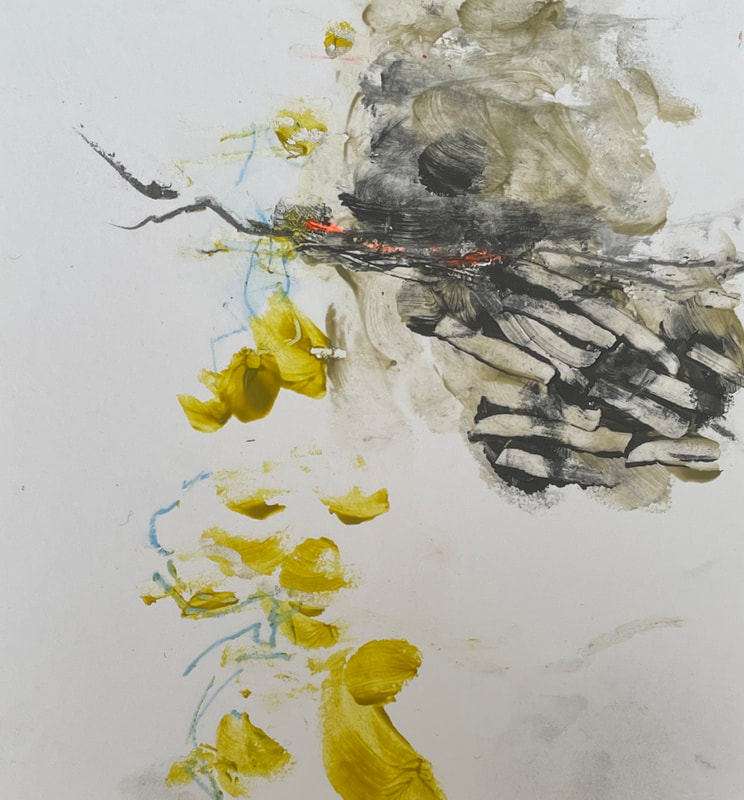

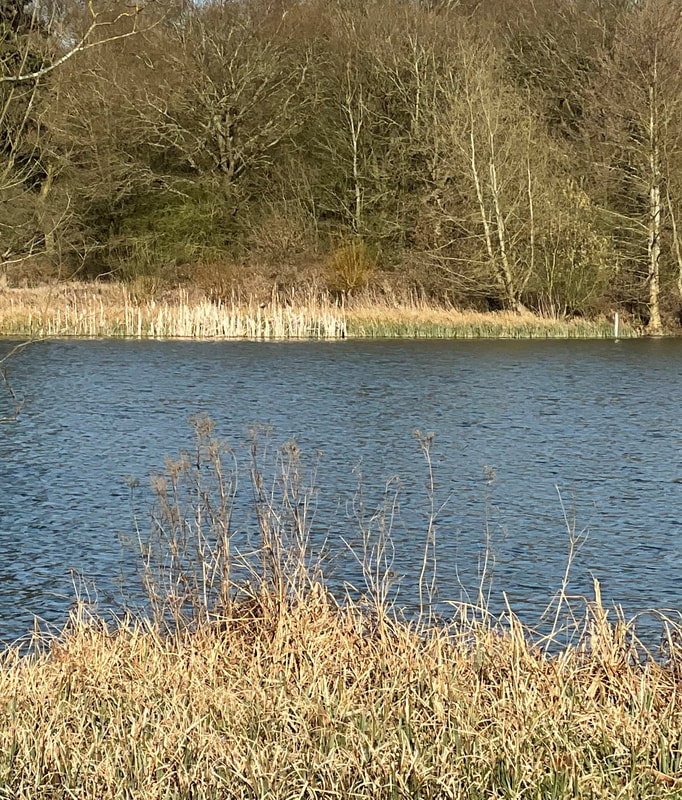
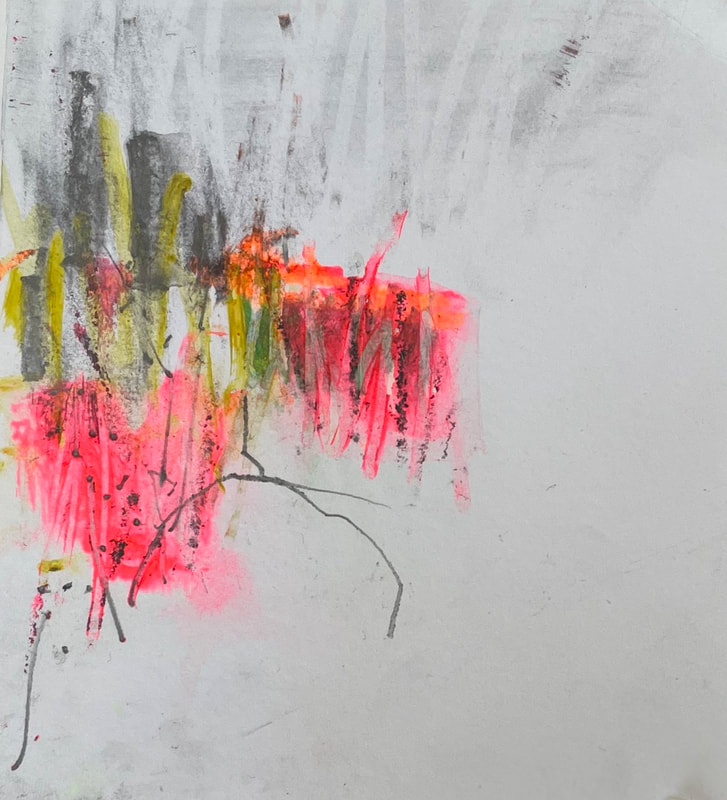
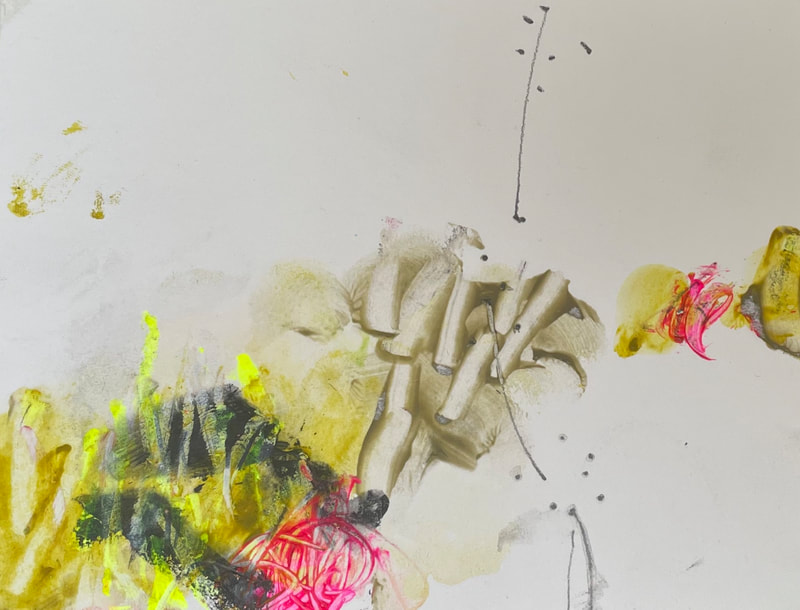
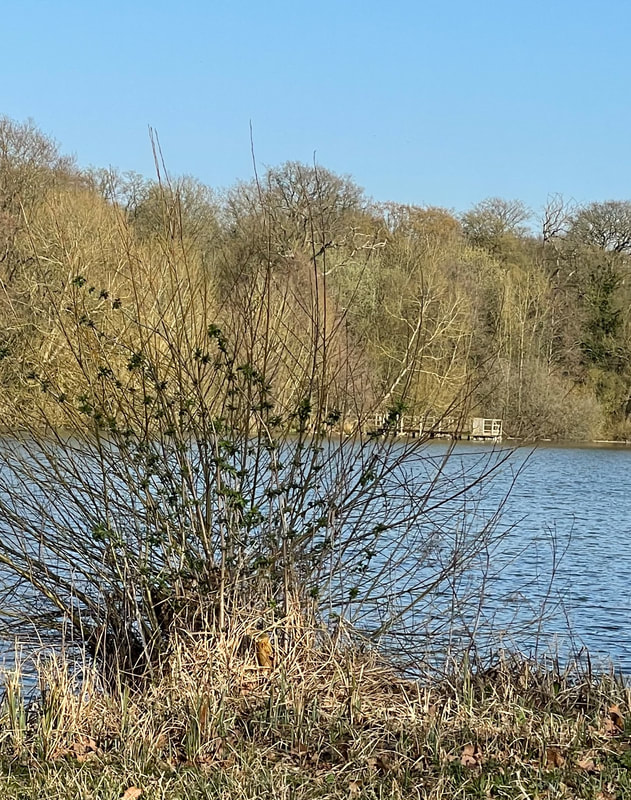
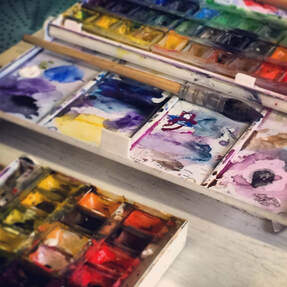

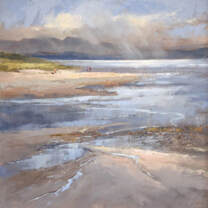
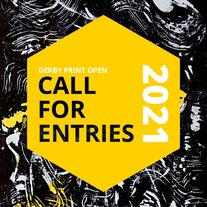
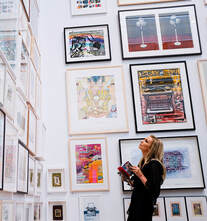
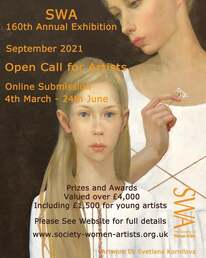
 RSS Feed
RSS Feed